Our health system is in crisis and our nurses face many challenges. Our frontline healthcare workers, including doctors, nurses, paramedics and other hospital staff, played a critical role during the pandemic. Without them, our State would not have been able to navigate the past two years. Despite the State reopening and returning to some semblance of normality, the crisis in our health system continues. Our hospitals are understaffed and under-resourced. As a result, health workers are being pushed to breaking point. Several nurses have contacted me to discuss their personal experiences of working in our local public hospitals. It is important that those workers are given a voice in this House. I start with a team leader who had a code black patient requiring one-to-one care. No-one in the hospital could be found to care for them, so the team leader was left to care for them rather than training and managing the junior staff for whom they were responsible. The patient had already been rejected by an aged-care facility and a short‑term residential accommodation service.
I turn now to the story of another team leader, who was on leave for a fortnight and who said to me they were weighing up whether they would return to their occupation, which is very sad. This team leader was working shifts with assistants in nursing and endorsed enrolled nurses, which placed them under enormous pressure as there was no other registered nurse on the floor. The nurse‑to‑patient ratio on those shifts was often one registered nurse to as many as six patients. This nurse was also charged with the responsibility of training junior staff. It is no wonder health workers are burning out. Another team leader reported that their hospital often treated patients from an older age demographic who were accident prone and had very complex needs. Despite that, the team leader often worked with assistants in nursing and endorsed enrolled nurses rather than additional registered nurses, and they had to check on every medication that was dispensed. We know what that means—only registered nurses can provide medication checks, which doubles their workload and makes it difficult to look after frail patients. Too much is being asked of team leaders.
Australians take pride in their universal healthcare system, but it has been gutted and brought to its knees by the Government. In a First World healthcare system like ours, how can we hear stories of nurses working 100‑hour fortnights because no other staff are available? We hear stories of patients becoming septic because no nurse is available to see them or falling because no-one is available to assist them to the toilet, which is shameful. The problem has not occurred overnight. I consistently hear stories from nurses who on night shift find that the nurse-to-patient ratio blows out to one in nine. One nurse with a young child told me that she worked her whole shift and was asked to stay after the shift for a few hours until another nurse could be found to fill the gap in the roster. She ended up working a second whole shift rather than going home to breastfeed her young child.
We have all heard the calls from nurses to implement patient ratios, particularly in our emergency departments. These calls are informed by the lived experience of our nurses. The current system of nurse hours per patient day is simply not working. In particular, a key concern is that the nurse hours per patient day is calculated by using the number of patients on the ward at midnight, not calculated throughout the average day. I note that the Government has recently announced plans to hire an additional 10,000 health staff, just as we enter an election year. But let us not sugar-coat it. This is an admission, in my view, that despite all the rhetoric our health system and workforce have been neglected over the past decade and it needs to be fixed now.


